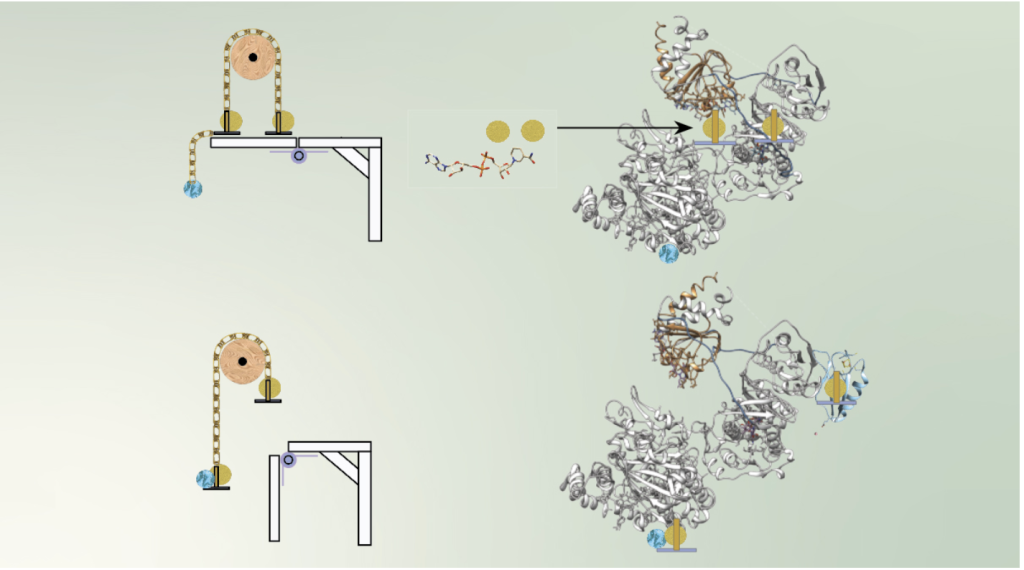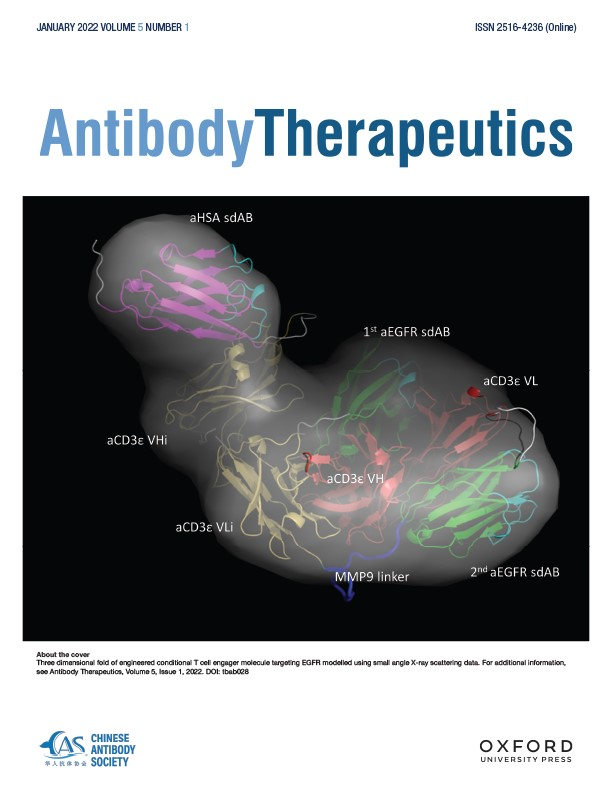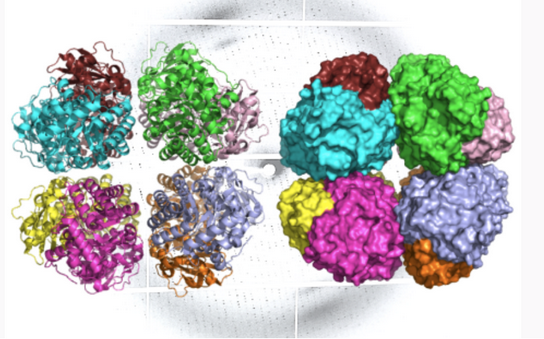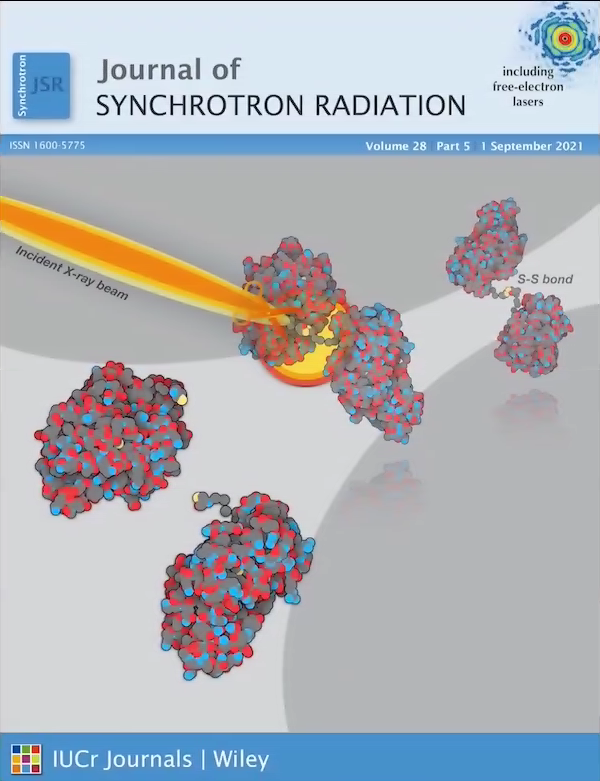Predicting RNA structure and dynamics with deep learning and solution scattering
The use of deep-learning and statistical methods plays a significant role in the prediction of accurate structure and atomistics RNA models. In this paper, the authors describe new a deep-learning tool they developed called Scoper, which is capable of using experimental SAXS data from the SIBYLS beam line to determine the most likely 3-dimensional conformation of…
Read more







